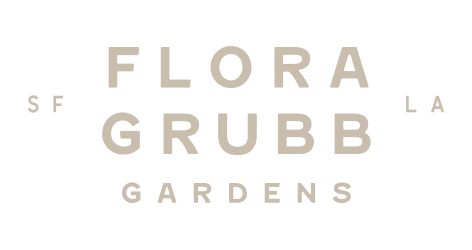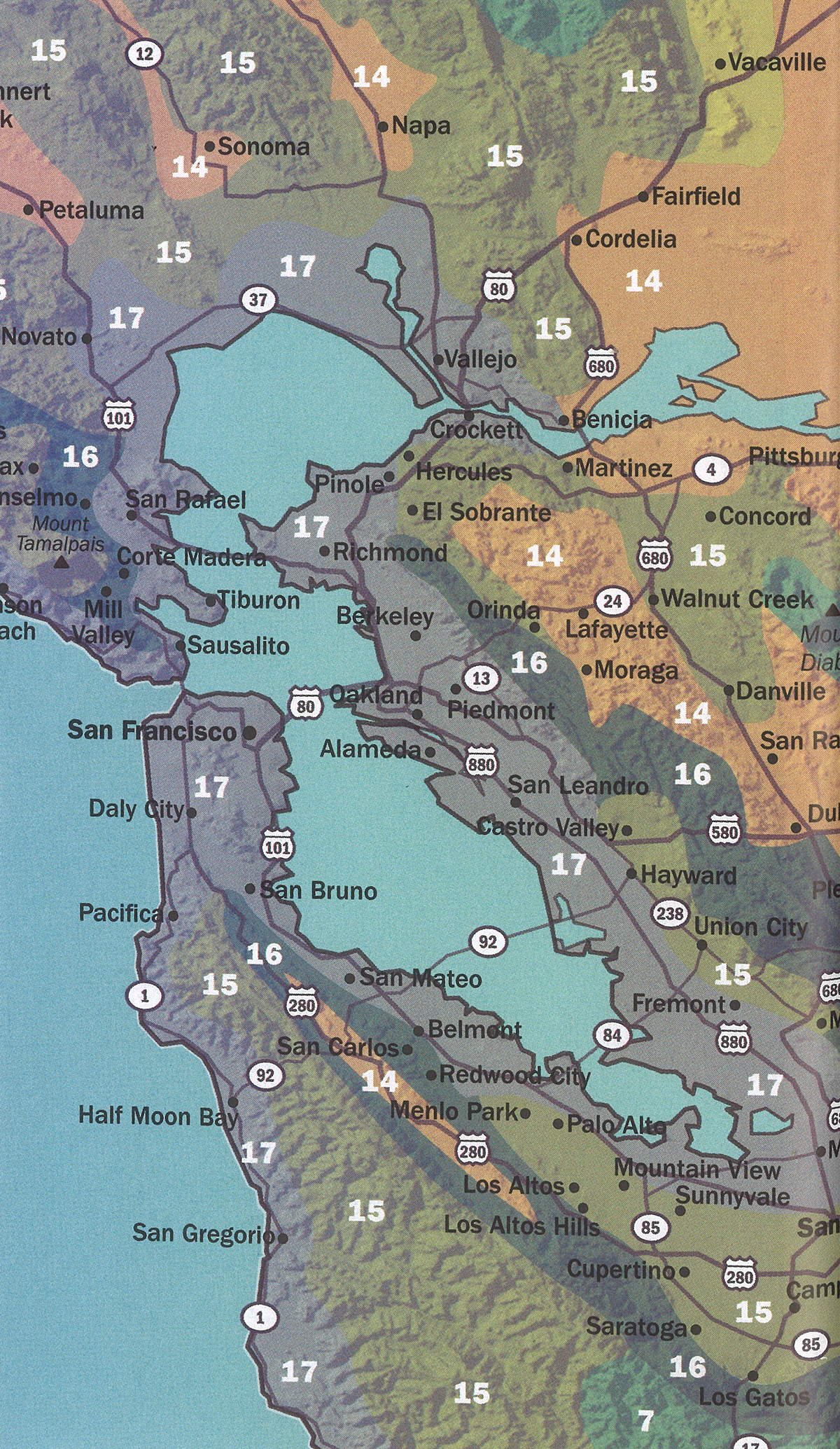





| height | 12–20ft | |
| width | 10–15ft | |
| tolerates | Coast, Cool Summers, Drought, Fog, Pots, Neglect, Salt, Wind | |
| water needs |
Lowest | |
| water info |
Native to an island in our California Floristic Province where rain falls sporadically in winter and fog drip supplies water during the rest of the year. Not all palms love water! This one is actually drought-tolerant and can live quite happily on little or no water once it’s established, especially near the coast, though it’ll grow more slowly and may not look as lush. To keep your palm looking its best, be sure to water it consistently and deeply while it’s getting established, then after a few years give it a good deep soaking every couple of weeks. It will also be happy to have more water, provided the soil drainage is adequate. Avoid spray irrigation and lawn planting. |
|
| hardy to |
18F | |
| exposure | Full Shade – Full Sun | |
| indoor outdoor |
Outdoor | |
| drainage | In Ground: Cactus Mix, In Pots: Cactus Mix, Tolerates Sandy Soil | |
| fertilizing | Palm Fertilizer | |
| origin | Guadalupe Island, Mexico | |
| california native |
Yes | |
| sunset zones |
8, 9, 12–23 |
Full Sun
Six or more hours of sun beams directly landing on the plant's leaves.
Part Shade
Three to five hours of sun beams directly landing on the plant's leaves.
Part Sun
One to two hours of sun beams directly landing on the plants leaves.
Full Shade
The plant is never fully lit by sun beams,
but is in a bright spot or has dappled sunbeams playing over the leaves throughout the day.
Deep Shade
The plant never has dappled light on the leaves, and is in a place that feels dim, even on a nice sunny day.
